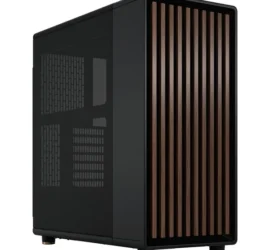After first investigating Rust superficially some time ago, I’ve now started to really use it. As I’ve written before, my programming background is C/C++, Fortran, C#, and more recently Python. With that experience, some things about […]
Blog
So far, all my data processing pipelines required manual intervention or were tied together with batch/shell scripts. In most cases, I had to copy batch scripts to the folder where they had to process data, and […]
LAZ is my preferred point cloud format, as it is a lossless compressed format that is considerably smaller than uncompressed LAS. One thing that has always bugged me is that reading LAZ is quite slow, at […]
Despite having AI in the company name, I’m somewhat critical of the benefits provided of generative AI/Large Language Models (LLMs). I find that the answers often leave something to be desired, and the general consensus now seems to […]
Computers don’t age as fast as they used to. My first computer, bought in 1993, was a 386 DX 40 with 4MB RAM and 170MB harddisk. It was replaced six years later with a Pentium III […]
I’ve used a Keychron K8 Pro keyboard for a couple of years now, and for a while I’ve been considering getting another one for my desktop PC, especially considering that I plan on getting a new […]
One of the first problems that I’ve tried to tackle in each game engine that I play with is drawing lines. This is not much use for game development (which uses predominately 3D objects), but it […]
Unreal Engine has a Georeferencing plugin that lets you use real-world coordinates in Unreal Engine. How to use it is explained here, but the article doesn’t give a lot of detail, and shows no C++ code. […]
Modern game engines are incredibly powerful, being able to render millions of objects while running complex background processes such as physics engines. Being multi-platform capable has become the norm, too. As a result, game engines have […]







